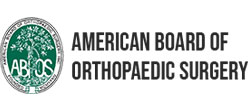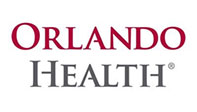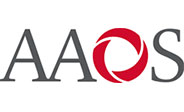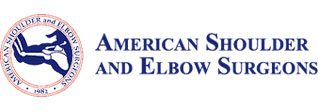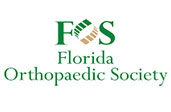I get this question all the time--it is a great question!
Surgery has many factors that affect the outcome for a patient. The severity of the problem will be a factor. Each person’s individual health will also contribute to the outcome. Surgeon experience with a given surgery is important to consider. For example, there have been published studies that showed that higher-volume surgeons have better outcomes with shoulder replacement surgeries. Lastly, the difficulty of a given surgery is also important to assess--complex surgeries will be challenging no matter the experience of a surgeon.
My mentor Dr. Frederick Matsen III summarized these four factors as “the Four P’s: Problem, Patient, Physician, and Procedure.”
When considering a surgical procedure of any kind, these four factors are important to consider.
I also like to break down the recovery period into 3 main phases.
Phase 1 focuses on wound healing and soft-tissue healing; this phase lasts from the day of surgery until six weeks after surgery. The incision usually takes about 2 weeks to heal. Patients in my practice are given specific instructions on how to care for their incision after surgery during the first two weeks.
During Phase I of the recovery program for surgeries, physical therapy is recommended to start within the week of surgery to help ensure safe exercises and avoid stiffness. The physical therapy program for many common surgical repairs is usually very gentle with a focus on passive movements to protect the repairs done during the surgery. Passive movement means that the area of repair (such as a shoulder or elbow) is moved by a physical therapist, friend or family member rather than by the power of your own muscles. This is very important to avoid stressing the repairs! A sling is very commonly used during the first phase of recovery to protect the site of surgery.
Phase 2 of the rehabilitation program focuses on regaining active range of motion, and usually spans from week 6 after surgery until week 12 after surgery (3 months post-op). For many smaller repairs, the sling can be placed in a closet and stored for a rainy day starting at the six week mark. Larger repairs may require wearing the sling until 8 weeks after the surgery due to the extent of the surgery. During phase II, physical therapy can progress to more active movements and some very gentle strengthening. Lifting is usually limited to no more than five pounds during the entire six weeks for surgeries such as a total shoulder replacement or a rotator cuff repair.
Phase 3 of recovery is my favorite time during the recovery process. Lifting limits are done! Common sense is still needed--strenuous movements or lifting very heavy objects should be avoided. Patients can now start gentle and progressive resistance training with their physical therapist and as part of a home exercise program. For those interested in non-contact sports, an initial return to light sporting activities is often started around the 12 week mark after surgery. For instance, a golfer would likely be cleared to start putting and short chipping to get back in the swing of things around 3 months after surgery (pun intended). However, high-powered driving or using irons is usually reserved until more strengthening and recovery have occurred after 4 to 5 months. All return to sport training is done on an individual basis given each patient's goals, respective sport, and level of performance.
Return to sport is a big topic that I will cover in more detail in a future post! It’s one of my favorite things to discuss too. I will keep you posted about it!
Please reach out at info@benservicemd.com with any questions you have about this topic or any others you would like to see covered.
Thank you for reading!
Ben Service, MD, FAAOS

